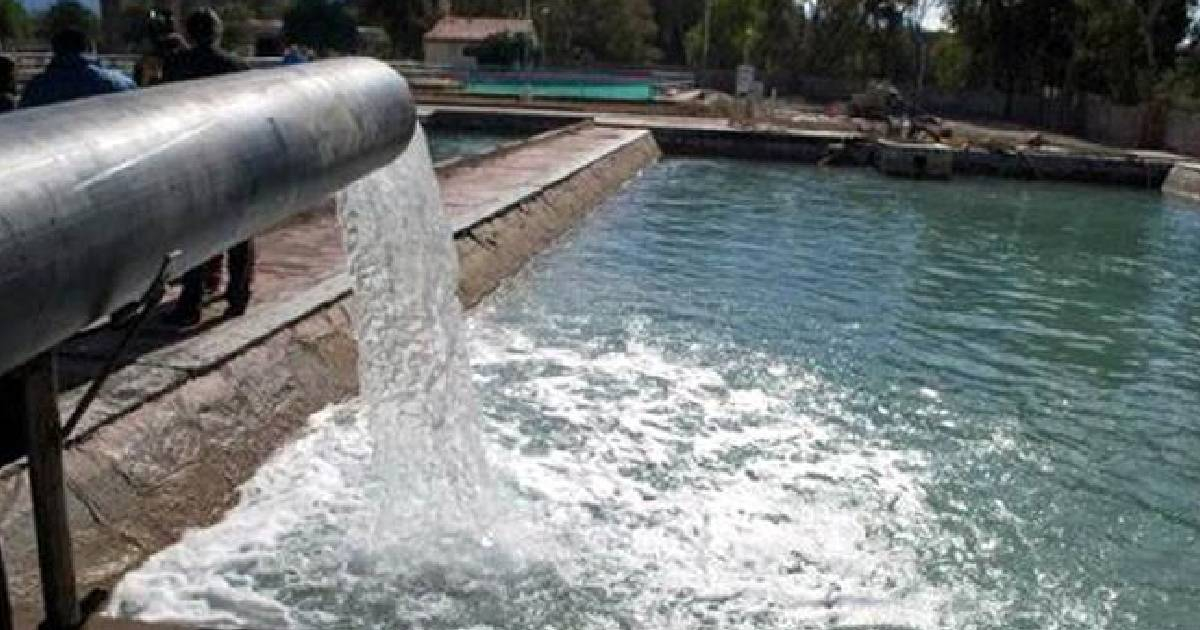Although Pinar del Río reportedly "has sufficient reserves to meet the demands of its population," the pipelines and other systems supplying the essential liquid to residents are not functioning properly, causing widespread water scarcity in the province. Frequent breakdowns in the systems have extended supply cycles, and the impact of hurricanes along with delays in recovery efforts continue to exacerbate the difficulties faced by the people of Pinar del Río.
An overview of the situation by the state-run newspaper Granma highlights the story of Maray García, a resident living near the León Cuervo Rubio Hospital in the provincial capital, who says, "It's unsustainable, and we don't even understand why it's happening." García has been forced to purchase water trucks, costing between 3,000 and 5,000 pesos, far exceeding the average salary of a Cuban state employee.
Failed Investments and Persistent Problems
The official publication of the Communist Party of Cuba (PCC) acknowledges that several investments have not yielded the expected results. One such example is a floating water intake installed at the Guamá reservoir, which, after two years, remains non-operational and fails to benefit an area with more than 17,000 residents. A manufacturing defect has rendered the intake unusable, despite the million-peso expenditure on the project. Its purpose was to improve water quality by pumping water from the reservoir to a purification plant located five kilometers along the road to Luis Lazo, and from there to thousands of homes.
Robert Hechavarría, General Director of the Water and Sewerage Company, discussed another failed investment in Pinar del Río. This involves a pipeline at the Herradura Junction, intended to enhance service in the Consolación del Sur municipality. However, it is not functioning as planned, and Hechavarría blamed the residents for the failure. "People connected directly to the pipe, many using thick one-inch or larger connections, which caused the original problem to persist. The ends of the network remain affected because the water doesn't reach them," he told Granma.
The article also cites Antonio Rodríguez, president of the National Institute of Hydraulic Resources (INRH), who claimed that the arrival of 10 pumping units in 2022 would improve the water supply. Despite such assurances, promises remain unfulfilled, although they claim that efforts have intensified following Hurricane Ian.
Currently, efforts are underway to interconnect two main pipelines supplying the provincial capital and to construct a bypass between kilometers five and 2½ along the road to La Coloma to reduce losses en route. Another bypass from kilometer 2½ to a re-pumping station known as ring one is also being built. Additionally, over two kilometers of center-steel pipes, forming part of the city's bypasses, are being replaced due to age and numerous leaks. An ongoing investment aims to enhance service for about 10,000 residents in the Celso Maragoto and parts of Jagüey Cuyují communities. The recent arrival of ten new re-pumping systems also offers a glimmer of hope for improvements in Pinar del Río.
Granma documents further complaints from residents and lists several governmental visits to the area, but solutions remain elusive. Mid-year, Alexis Acosta Cruz, Vice President of the OSDE Water and Sanitation, confirmed that only half of Cuba's population receives consistent and safe water service. During a Round Table discussion, Acosta explained that the country has 2,600 places with water systems, over 3,000 pumping stations, and more than 24,000 kilometers of pipes and aqueducts serving over 8.8 million people.
The water shortage has led Cubans to protest, demanding access to this essential resource. Recently, residents of Old Havana gathered at the intersection of Egido and Acosta streets to protest the lack of water, which had affected them for over ten days without any government solution. The protest began at 9 p.m. on Monday, with residents blocking the street using stones and water buckets.
Understanding the Water Crisis in Pinar del Río
This section aims to address common questions and provide detailed answers about the water crisis in Pinar del Río, offering more insight into the ongoing issues and potential solutions.
Why is there a water shortage in Pinar del Río?
The water shortage in Pinar del Río is due to malfunctioning pipelines and other supply systems, frequent breakdowns, and delays in recovery efforts after hurricanes.
What measures are being taken to address the water crisis?
Efforts include interconnecting main pipelines, constructing bypasses, replacing old pipes, and investing in new re-pumping systems.
How has the government responded to the water shortages?
The government has made several investments and visits to the area, but many promises remain unfulfilled, and residents continue to face water scarcity.
